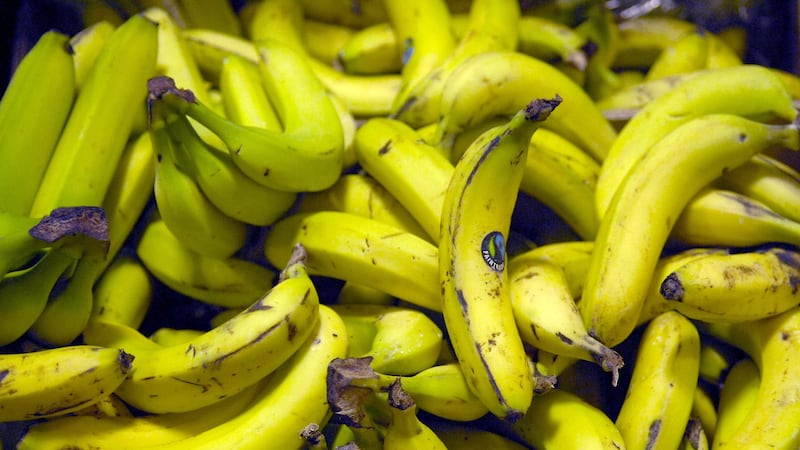Although the natural world appears now only as a quiet backdrop to our busy human sphere amidst Christmas preparations, it does still weave its way into the Christian festival, evident through symbols and some of the accompanying secular activities. Birds and animals, such as the robin, wren and deer adorn cards, and walls are ‘decked’ with sprigs of holly. The famous carol, The Holly and the Ivy references “the running deer” while Kavanagh’s Christmas Childhood speaks of the “mass going feet” as “a waterhen screeched in the bog”.
Timely then, when last week I observed some mistle thrushes amongst a mixed flock of redwings and fieldfares, winter thrushes here for winter from Iceland and Scandinavia to feast on berries and invertebrates. Deargán sneachta, Irish for redwing, translates as ‘red snowbird’ alluding to its winter association and red patches along its flank. The fieldfare has a distinctive grey head and nape, and both share the speckled breast of our resident mistle and song thrushes.
The mistle thrush is closely linked with mistletoe, a parasitic plant found around the fringes of Christmas celebrations as a lure to encourage romance. A non-native, mistletoe appears in yellow clumps on deciduous trees, its bright green leaves and luminous sticky white berries standing out in the dark of winter as its twigs branch out into little boughs.
It is this stickiness, noted in its Latin name Viscum album, ‘white sticky stuff’ which helps it transfer to different trees such as hawthorn and willow, with the thrush’s assistance. The mistle thrush will, after feeding on berries distribute seed by wiping its bill on the barks of other trees, where rootlets will penetrate and feed off the new host tree, hence the bird’s name.
Although synonymous with Christmas, mistletoe’s significance stretches back well before Christianity, when the plant was revered by druids as a symbol of fertility, health and a protection against evil.

Traditionally, hanging mistletoe was carried out to protect homes and out houses from witchcraft and evil spirits. The Roman naturalist Pliny (Naturalis Historia, 1st century AD) noted that Celtic druids regarded “the mistletoe and the tree that bears it” especially oak, as sacred, having all healing properties and that they administered it as “an antidote to all poisons”.
He detailed the ceremonial cutting of the plant by druids on the sixth day after the new moon following autumn, when a priest dressed in white robes climbed the tree and cut the mistletoe with “a golden sickle”. Utmost care was taken to prevent it from touching the ground, so others were present to receive it. Two white bulls were slaughtered and sacrificed on the holy occasion.
Pliny also wrote: “They believe that the mistletoe, taken in drink, imparts fertility to barren animals.” The Irish names for mistletoe, include ‘Drualus’, druid’s herb, and ‘Sú Darach’, juice of the oak, indicating the strong affinity between the plant and druids. Nelson, in Mistletoe in Ireland; Irish Naturalists’ Journal (2008), writes that the plant “was deliberately introduced by horticulturists” here with populations of the species established in Dublin’s Botanical Gardens, spreading from there, “with human assistance as well as by natural means”. Although still not widespread throughout Ireland, beliefs about its powers and influence remain.
Read more:
Take on Nature: The loneliness of the early morning birdwatcher
Take on Nature: The myth and paradox of the raven
Take on Nature: The magic of our ‘flying’, ballooning spiders
Whilst today’s custom of gathering and hanging mistletoe at Christmas is a much duller leftover from the drama of the ancient druids’ ritual of the sacred cutting, it represents a tangible link with pre-Christian practices. As we enjoy the modern festive celebrations, it’s good to remember their connection to the past and the natural world. Beannachtaí an tSéasúir.
Season’s greetings to all.








